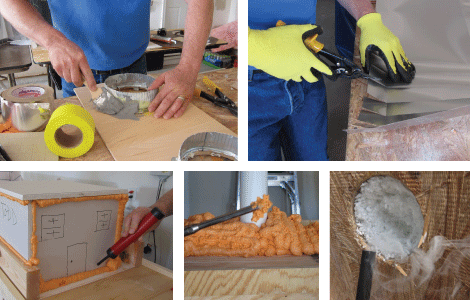No products in the cart.
Home Energy Auditor Certification: Should I Get BPI or RESNET?
Home performance professionals seek either BPI Certification or RESNET HERS Rater Certification to help them fine-tune their technical skills and earn a home energy auditor certification. Both of these certification programs illustrate proficiency in residential energy concepts.

GOALS & OUTCOMES
Those working in the residential industry have likely heard of BPI and RESNET but may not understand exactly how they are different. The technical standards for these home energy auditor certifications were created by competing organizations, thus specific thresholds and intentions differ. Let’s trace these competing ideas back to the drivers that brought these two energy auditor certifications to the forefront.
BPI – largely developed to diagnose existing homes and retrofit for energy efficiency
Other reasons why a home performance professional may seek BPI Certification include:
- Ensuring occupant health and safety for years to come
- Helping homeowners lower their energy bills by diagnosing energy-related issues
- Qualifying homeowners for state and local rebate programs by recommending energy efficiency improvements
- Enhancing reputation/brand with a marketable credential
- Adding a valuable skill set to one’s existing service (insulation, HVAC, etc.)
- Learning air leakage and duct testing to meet 2009, 2012, or 2015 IECC building code
RESNET – largely developed to assess a home’s energy use and use those results to rate the home against a standard home built to code (used primarily in new home construction)
Other reasons why a home performance professional may become a RESNET HERS Rater include:
- Encouraging occupant health and safety at the beginning (and for years to come)
- Ensuring an environment where homeowners pay a comfortable amount on their energy bills, given that energy efficiency measures were implemented during the building process
- Enhancing reputation/brand with a marketable credential
- Adding a valuable skill set to one’s existing service (builder, home inspector, etc.)
- Using the HERS rating score as a compliance path for meeting IECC building code
- Working with builders, code officials, appraisers, real estate agents, mortgage companies, and homeowners to cultivate the optimal energy consumption of a home and promote the benefits therein
- Working on homes that seek the ENERGY STAR Certification or working for a company committed to building energy-efficient homes
As you can see, the goals for BPI Certification are slightly more straightforward than RESNET. The reason for this is that BPI Certification is more of a personal accomplishment for a professional and an opportunity to establish greater rapport with customers. RESNET HERS Rater Certification, on the other hand, is part of a much bigger plan. When you embark on a HERS Rater designation, you commit to the home performance industry on a much greater level. Let’s take a look at the certification process to best explain this.
THE CERTIFICATION PROCESS
BPI has a series of occupation-specific certifications. Those include BPI Building Analyst, BPI Infiltration & Duct Leakage, BPI Envelope Professional, BPI Multifamily Building Analyst, BPI Heating Professional, BPI AC/Heat Pump Professional, etc. These designations all represent specific occupations and responsibilities.
The most popular BPI designation(s) are Building Analyst and Infiltration & Duct Leakage because they reflect tasks performed by basic home energy auditors. With RESNET, there is only one designation to achieve: RESNET HERS Rater. A HERS Rater is a home energy auditor who is also able to analyze home energy consumption and perform home energy ratings. For the purpose of providing an apples-to-apples comparison, we will look at the certification process for BPI Building Analyst versus RESNET HERS Rater.
In order to earn this energy auditor certification, you will need to complete the following steps:
- Building science classroom training (energy loss, air flow, heat transfer, workscope development, energy modeling)
- Learn how to use blower door and duct blaster equipment
- Learn how to do combustion safety testing to detect problems that lead to carbon monoxide poisoning
- Pass 100-question multiple choice written exam with a score of at least 70% (closed book, with the exception of the BPI Technical Standards)
- Pass a hands-on field exam with a score of at least 70% – a candidate must score at least 85% on the combustion safety portion alone!
- Acquire 30 CEUs every three years to maintain certification (must retest if CEUs are not earned)
In order to earn this energy auditor/energy rater certification, you will need to complete the following steps:
- Complete RESNET HERS Rater Training with an approved training provider (like Everblue)
- Learn how to use blower door and duct blaster equipment
- Learn how to do combustion safety testing to detect problems that lead to carbon monoxide poisoning
- Pass a 55-question National Rater Standard written exam with a score of at least 72% (open book)
- Pass the RESNET practical simulation exam
- Pass a RESNET combustion safety simulation exam
- Complete five provisional energy ratings within one year of passing the exam (2 will be completed during training, 1 must be supervised by a Quality Assurance Designee, and the final 2 can be completed on any homes in your area)
- Enlist as a member of a RESNET Quality Assurance Provider program
- Submit all home energy ratings to the RESNET Quality Assurance Provider for review and be prepared to schedule annual on-site QA visits
- Acquire 18 hours of continuing education every three years
Put simply, RESNET requires ongoing quality assurance to ensure that all HERS Raters in the country are providing a standardized assessment of home energy efficiency.
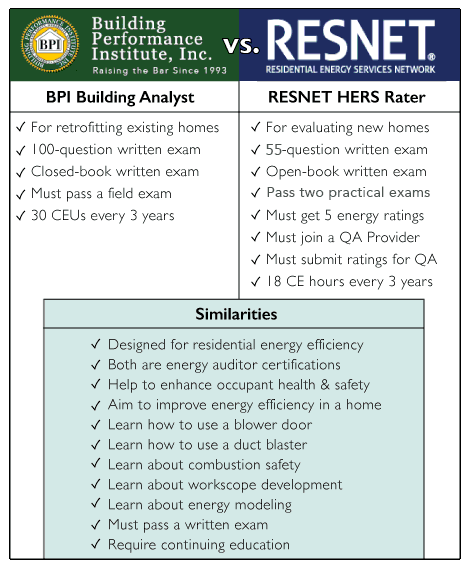
For the most part, candidates seeking either certification will learn much of the same in terms of building science principles, pressure diagnostics, duct leakage testing, and combustion safety. The bar is a little higher for RESNET HERS Raters, which can be an asset in terms of demonstrating proficiency and establishing customer confidence.
The easiest way to differentiate the two is to say that BPI is for existing homes and RESNET is for new homes, but this isn’t always the best way to look at it. Your decision to pursue an energy auditor certification should be based on your personal goals and the type of work that you hope to do. You should also consider the rebate programs in your area, your budget, and your overall commitment to the home performance industry.
Call us at (800) 460-2575 if you have questions. We’ll help you decide which home energy auditor certification is best for you.
If you’re ready to get started, enroll in training for BPI Building Analyst and/or RESNET HERS Rater training now!


 The LEED Green Associate credential is a demonstration of one’s knowledge and proficiency regarding the LEED Rating System. Those working toward this credential do not necessarily have to be working on a LEED project. As this is the foundational designation, LEED Green Associate is appropriate for a wide range of occupations, from construction managers and architects to lawyers, product manufacturers, and commercial real estate brokers. Anyone working in, or hoping to work in, the green construction industry will find value in the LEED Green Associate credential. LEED Green Associate is, indeed, the best introduction to LEED concepts.
The LEED Green Associate credential is a demonstration of one’s knowledge and proficiency regarding the LEED Rating System. Those working toward this credential do not necessarily have to be working on a LEED project. As this is the foundational designation, LEED Green Associate is appropriate for a wide range of occupations, from construction managers and architects to lawyers, product manufacturers, and commercial real estate brokers. Anyone working in, or hoping to work in, the green construction industry will find value in the LEED Green Associate credential. LEED Green Associate is, indeed, the best introduction to LEED concepts.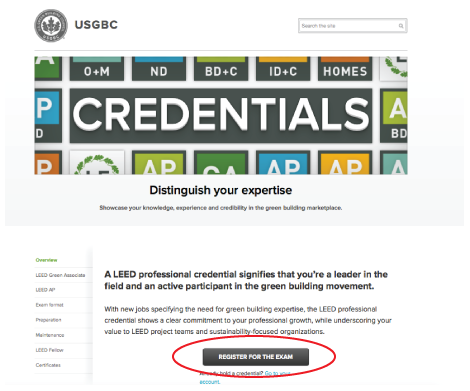
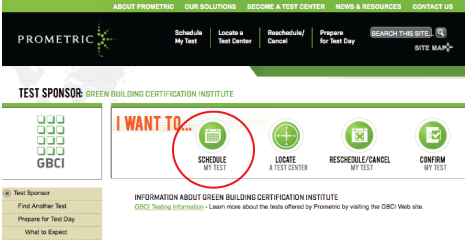
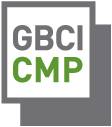 Now that you are an accredited LEED Green Associate, you must abide by USGBC’s LEED Credential Maintenance Program requirements. The requirement is that you earn 15 hours of continuing education every two years. Of the 15 hours, 3 must be specific to LEED concepts. You cannot participate in the same activities for each renewal period.
Now that you are an accredited LEED Green Associate, you must abide by USGBC’s LEED Credential Maintenance Program requirements. The requirement is that you earn 15 hours of continuing education every two years. Of the 15 hours, 3 must be specific to LEED concepts. You cannot participate in the same activities for each renewal period.
 This was a time when educational resources were few and far between, save for the official LEED training courses hosted by the USGBC and the USGBC Reference Guide books that often provided information in excess of 500 pages. The USGBC eventually moved away from being a training provider, in an effort to encourage competition and a fair marketplace for the industry it had created. Nevertheless, as LEED became more popular, so did demand for knowledge. And many professionals didn’t want to pore over a 500+ page book; many craved an exam prep experience that cut out extra information and only focused on the core testable knowledge.
This was a time when educational resources were few and far between, save for the official LEED training courses hosted by the USGBC and the USGBC Reference Guide books that often provided information in excess of 500 pages. The USGBC eventually moved away from being a training provider, in an effort to encourage competition and a fair marketplace for the industry it had created. Nevertheless, as LEED became more popular, so did demand for knowledge. And many professionals didn’t want to pore over a 500+ page book; many craved an exam prep experience that cut out extra information and only focused on the core testable knowledge.
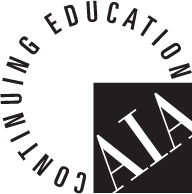 This tip may not apply to everyone, but oftentimes, your occupation will require continuing education credit to remain active. A common example of this is within the architecture industry. Many architects seek continuing education credit to submit to the American Institute of Architects (AIA). Because LEED is a value-add skill set for architects, AIA will provide credit for LEED training courses. It is the responsibility of the LEED training provider to ensure that their LEED course is approved by AIA for this credit. This is not to be assumed of all LEED trainers, so if you’re hoping to kill two birds with one stone (i.e., earn a LEED credential AND earn AIA credit from it), look for a training provider that is approved to offer AIA continuing education credit.
This tip may not apply to everyone, but oftentimes, your occupation will require continuing education credit to remain active. A common example of this is within the architecture industry. Many architects seek continuing education credit to submit to the American Institute of Architects (AIA). Because LEED is a value-add skill set for architects, AIA will provide credit for LEED training courses. It is the responsibility of the LEED training provider to ensure that their LEED course is approved by AIA for this credit. This is not to be assumed of all LEED trainers, so if you’re hoping to kill two birds with one stone (i.e., earn a LEED credential AND earn AIA credit from it), look for a training provider that is approved to offer AIA continuing education credit. Your goal this whole time has been to PASS your LEED exam so that you can add a reputable designation behind your name in your email signature, business card, resume, and LinkedIn. When it comes to earning your LEED credential, you’ll need to have a one-track mind for a period of 3 to 4 weeks. During this time, you’ll want to be surrounded by passionate, knowledgeable professionals – professionals that you feel confident will guide you to success because they’ve already guided hundreds of thousands to success before you.
Your goal this whole time has been to PASS your LEED exam so that you can add a reputable designation behind your name in your email signature, business card, resume, and LinkedIn. When it comes to earning your LEED credential, you’ll need to have a one-track mind for a period of 3 to 4 weeks. During this time, you’ll want to be surrounded by passionate, knowledgeable professionals – professionals that you feel confident will guide you to success because they’ve already guided hundreds of thousands to success before you.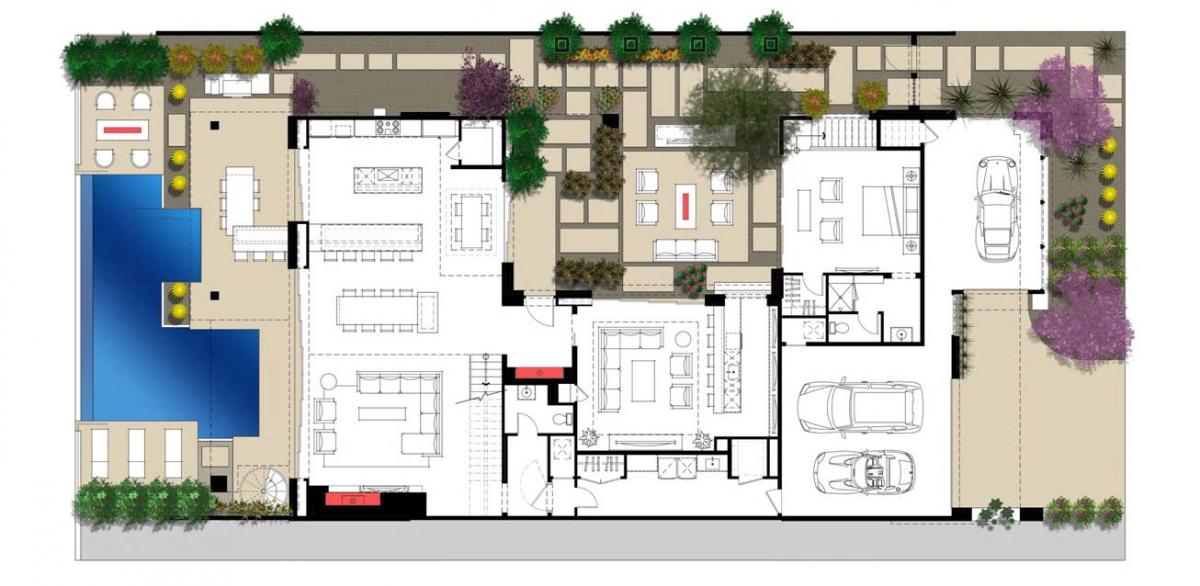

 We want to say a big thank you to all military today and every day. Members of the military always receive a 10% discount on training with Everblue, whether it’s LEED, BPI, RESNET, Solar, or
We want to say a big thank you to all military today and every day. Members of the military always receive a 10% discount on training with Everblue, whether it’s LEED, BPI, RESNET, Solar, or  Everblue’s webinars contain the same exam prep content that you would find in a live classroom course. The only difference is that we present the material over the Internet! You’ll have an experienced and enthusiastic instructor available on the other end who can answer your questions in real time.
Everblue’s webinars contain the same exam prep content that you would find in a live classroom course. The only difference is that we present the material over the Internet! You’ll have an experienced and enthusiastic instructor available on the other end who can answer your questions in real time.

